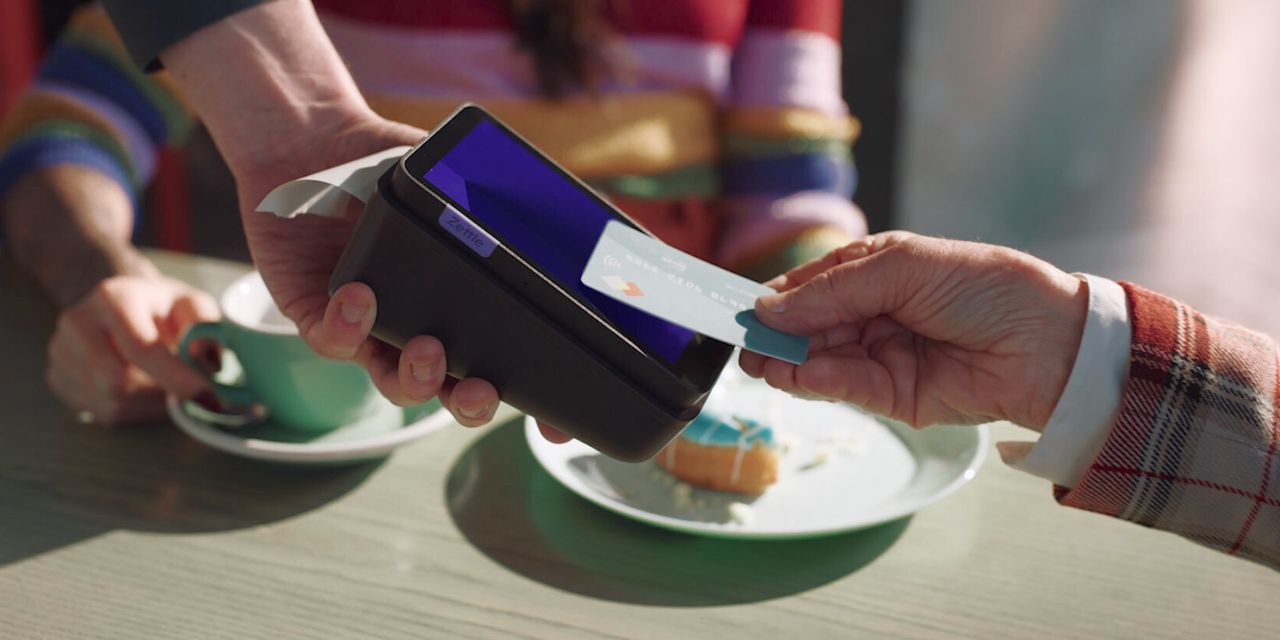PayPal Holdings Inc. is continuing its foray into in-store commerce with the launch of a portable payment terminal in the U.S.
The company already offers a card reader in the U.S., but the Zettle terminal offers greater functionality, including the ability for businesses to check stock levels while serving customers or accept payments using a cellular connection. PayPal
PYPL,
expects it to appeal to people running coffeeshops, outdoor vendors such as those operating in farmers’ markets, and other business owners that value mobility and software interplay.
See more: PayPal takes on Square with launch of card readers in the U.S.
PayPal, best known for enabling online payments and facilitating its trademark digital wallet, got into the point-of-sale game in 2018 when it announced the acquisition of iZettle. Chief Executive Dan Schulman conceded on a call with sell-side analysts in August that the acquisition has played out “slower than we expected” in part due to a regulatory review and the pandemic’s impact on in-store commerce, but he maintained that Zettle was important to PayPal’s “omnichannel” strategy.
Edward Hallett, who leads PayPal’s products and solutions for small- and mid-sized businesses (SMBs), told MarketWatch that in-store payment offerings remain a priority for the company as it tries to be a “one-stop shop” for smaller businesses. Merchants increasingly want to sell in stores and online, and consumers shop both ways as well.
“We think there’s very natural adjacencies that PayPal can offer,” Hallett told MarketWatch.
While many smaller businesses still use legacy payment-processing technology or take only cash, there is a crowded market for newer-age SMB payment terminals, with Shopify Inc.
SHOP,
Block Inc.’s
SQ,
Square, and Fiserv Inc.’s
FISV,
Clover among the big players. Hallett thinks PayPal’s Zettle terminal will nonetheless hold appeal, in part because of what he calls “compelling and competitive” pricing: The company charges $199 for the standalone terminal and 2.29% plus 9 cents per transaction.
“What gets us really excited is its place within the broader PayPal ecosystem,” Hallett said. Merchants can access their sales through their PayPal accounts and funds settle “nearly instantly.”
The company plans to advertise the terminal to businesses looking for such an offering, and Hallett said that the product has already seen traction in Europe. There, “a large portion of users are coffeeshops,” he said, noting that business owners may be drawn to the software connections and the ability to do invoicing for catering orders.
While Square has made a big play in SMB software and operates through a closed ecosystem, Hallett said that PayPal’s Zettle terminal has some proprietary software but will also be “integrated to the partner software of merchant’s choice,” meaning that companies already using existing platforms for other elements of their businesses can link those with the terminal.
Business owners have the option to use the Zettle terminal with a preloaded SIM card if they plan to operate somewhere without WiFi, and they can also carry it throughout a store. Merchants in general have been warming to mobile terminals that let consumers pay at their own tables or after trying on a pair of shoes.
“The whole concept of checkout should revolve around consumer preference,” and sales done away from the store counter can deliver a “fast and rich” experience, Hallett said.
